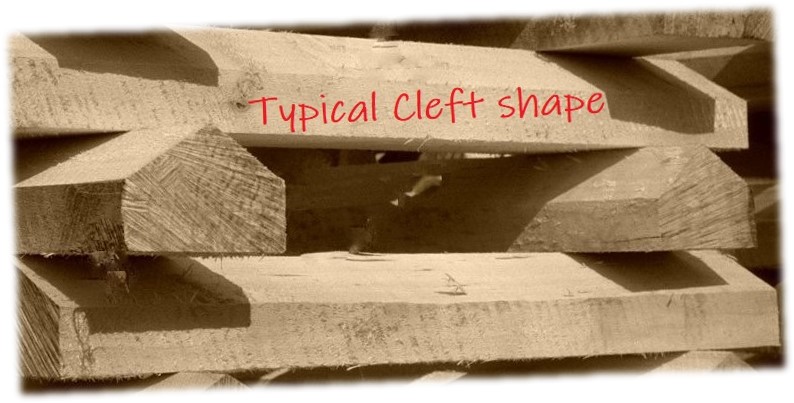WILLOW TYPES - ENGLISH WILLOW VS KASHMIR WILLOW
Cricket bats are known to be made predominantly by either English Willow or Kashmir Willow. English willows as they are popularly known, is primarily because its grown, harvested and supplied out of south England (Essex & Suffolk) and the botanical name of the tree is Salix Alba var. Caerulea, sometimes also referred to as white willow.
The commercial lifespan of an English Willow tree is generally between 15-20 years before its harvested to make clefts which is then kiln dried or naturally air dried to remove the excess moisture, typically leaving about 12% in the clefts before they are shipped & supplied to the manufacturers all over the world.

The other type is the Kashmir Willow, as the name suggests they are grown, harvested and supplied from various regions in Kashmir, India and are historically known to be of 2 types, one that is botanically the Salix Alba var. Caerulea out of which cricket bats are made that are used to play the traditional leather ball and the other one known as Poplar willow is used to make cricket bats that is used to play tennis ball cricket.
It is said that during Britishers ruling in India, instead of bringing the willows/bats from England for their own use, they brought the saplings of the Salix Alba tree and planted in areas of Kashmir as it imitated the English wet, cold suitable conditions to an extent, however in the last few decades a lot of other regions in the world were tried to grow these variants but Kashmir is arguably the second best to England where it did well.
In the recent years many new willows were introduced in the market due to the growing demand & limited supply, most of these willows were again named representing their origin – Canadian Willow, Siberian Willow, European Willow. Some of these willows had great looks, clean willow, extremely straight and narrow grains, comparatively lighter, however they aren’t as popular as English and Kashmir willows are, though they still are available in the market.
This article further would focus only to differentiate between an English Willow and a Kashmir Willow. So here it is -

- One of the obvious and possibly the best way to distinguish is in the appearance and looks of both the willows. English willow generally has prominent and deeper grains compared to Kashmir willow, Kashmir willow generally have comparatively faded/light grains. Also the fiber orientation may or may not vary and cannot be a definite criteria all the time.
- Kashmir willow most likely may have a brown/red overall coloration compared to an English willow, which is comparatively whiter where the sap is. This is also a reason why English Willow is also known as white wood.
- There are myths and misconceptions around Kashmir willows being generally heavy, and that they do not have the ping and performance of an English willow. This is not true and should not be a criterion to differentiate or distinguish both the willows. Kashmir Willows from well maintained plantations and then well maintained yards produce clefts that can be better in every aspect than the English Willows however percentage of them is extremely less, unlike English Willows where percentage of good willows and eventually good clefts are much more.
In fact, we recommend a top grade Kashmir Willow bats over a lower grade English Willow bats, primarily because the advantages are more as these Kashmir Willows are comparatively clean, light and most importantly the performance is better and the cost of a finished bat is generally cheaper than a lower grade English Willow bat.
